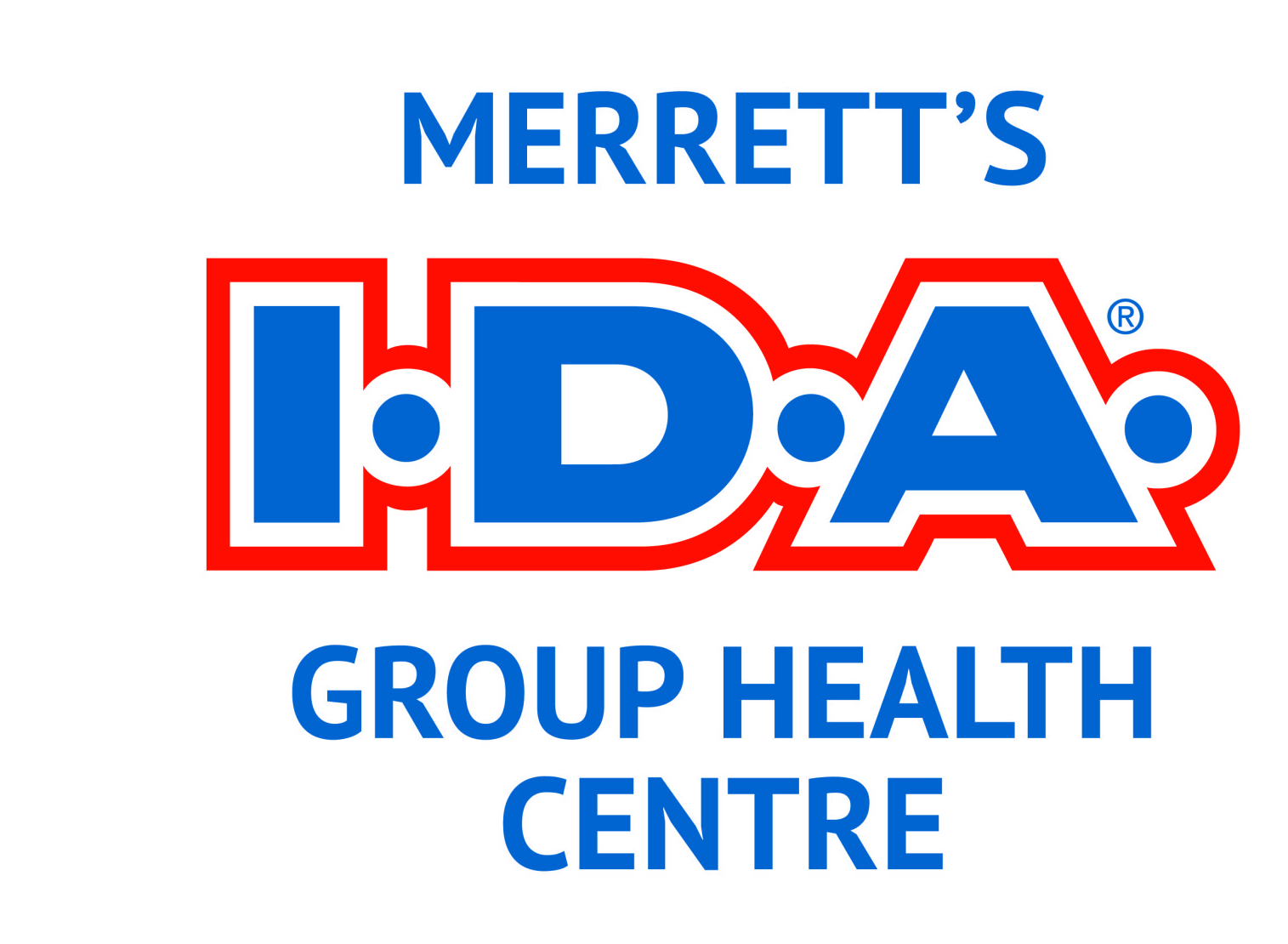Bed Wetting
What is nocturnal enuresis and who is affected?
Nocturnal enuresis is characterized by involuntary and unconscious micturition (passage of urine) when sleeping at night. It affects girls over 5 years of age and boys over 6 years of age (before this age, occasional bedwetting is said to be "normal"). There are two types of enuresis: primary enuresis and secondary enuresis.
Primary enuresis occurs in boys more frequently and affects about 20% of all children by age 5. Although an affective (emotional) problem may partly be the cause, some children may simply have a smaller bladder while others may not produce enough antidiuretic hormone (which reduces the amount of urine) during the night. In still other cases, the child's sleep is so deep that his need to urinate does not wake him up. Sometimes all these factors are involved.
Unlike those who suffer from primary enuresis, children who have secondary enuresis used to have bedtime control, but have now lost it. The main cause of secondary enuresis is affective, meaning that these children have reverted to get more attention. This occurs frequently when a sibling is born or when a familial conflict disrupts the child (divorce, arguing, etc.). Urinary infections and diabetes, however, can also cause secondary enuresis.
